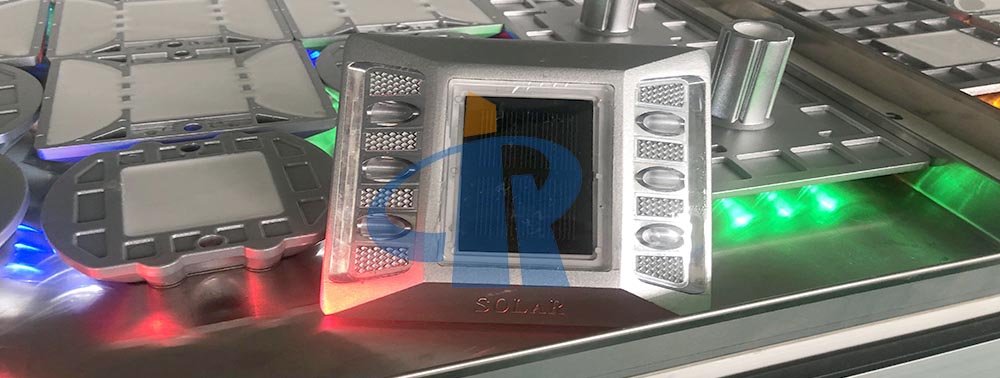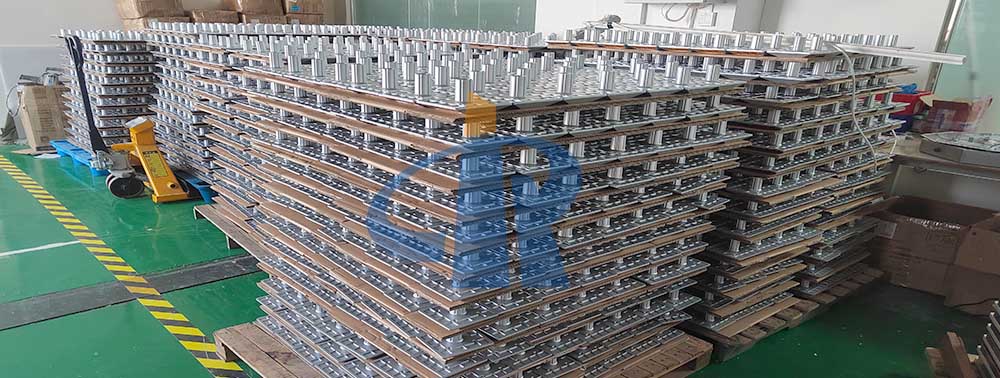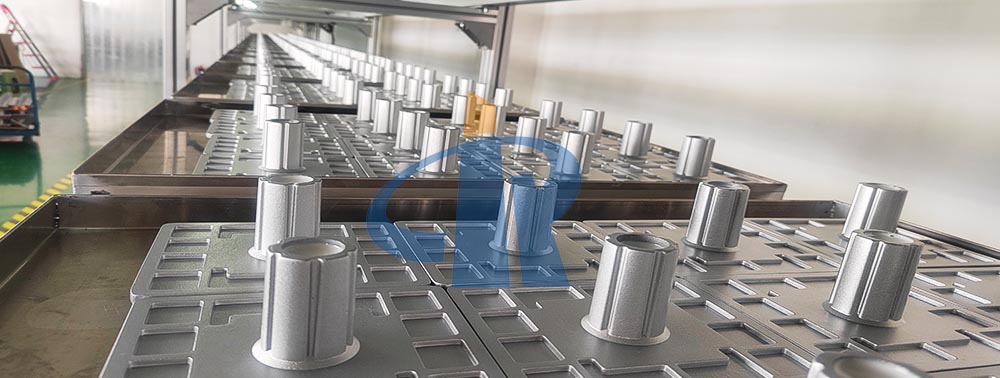Although the setting and management of
Road Studs is a necessary task for rural road informatization and safety construction with low investment, short process, quick results and long results, there are still serious shortages in a large number of rural roads. As long as the vehicle enters the rural road, there will be a reality of dizziness, asking around for directions, and not knowing what the road ahead is like.

Traffic accidents such as small collisions, overturning ditches and falling into rivers occur from time to time, which is extremely unfavorable for the long-term construction and development of new countryside. develop. The main reasons for this phenomenon are: First, the construction of rural roads only pays attention to the main project, and despises traffic safety. The second is that there is nowhere to find the source of funds. The engineering construction unit and the traffic safety management unit of rural roads are usually not the same department. The third is that rural roads are generally considered to be used by local farmers themselves, and they are "knowledgeable roads with light vehicles", and consciously think that the setting of sign facilities is dispensable. Fourth, the traffic
Road Studs on rural roads, including traffic safety facilities, have neither standard norms nor village rules and regulations. Even more dispensable. Fifth, once the Road Studs facilities are set up, they will be scattered along the road, and the theft and damage will bring huge costs to management and maintenance. It may be a waste of a few days to set up, or simply not set up to save some money, which increases the difficulty of implementing signage facilities. It can be seen that, in order to truly improve the management level of informatization and safety of rural roads, the setting and management of traffic
Road Studs facilities is undoubtedly an important task worthy of detailed implementation.

The setting of
Road Studs should be based on the characteristics of rural roads, combined with the actual situation, unified planning, overall arrangement, scientific, reasonable and flexible application. In the "Village to Village" project, the pavement design of most rural roads can only meet the conditions of rainy days and one-way traffic, without much consideration of service life and economic development speed. The setting of traffic signs can be considered to be based on guiding and warning signs, with few or no prohibitive signs. The service life of Road Studs is recommended to be about 2 years to reduce possible frequent replacement costs.

The material of the
Road Studs cards and columns can be appropriately reduced to galvanized iron plates. Both the cards and columns are welded, which reduces the cost and increases the difficulty of theft and damage. Along the rural roads, you can consider using tree trunks, cement poles, and farmyard walls with good sightlines to install signs. The installation of
Road Studs facilities is carried out simultaneously with the construction of the road surface project. In terms of design, special personnel are arranged to inspect and design along the road, and the finished products are purchased and processed in a unified manner and installed before the road surface is opened to traffic.


